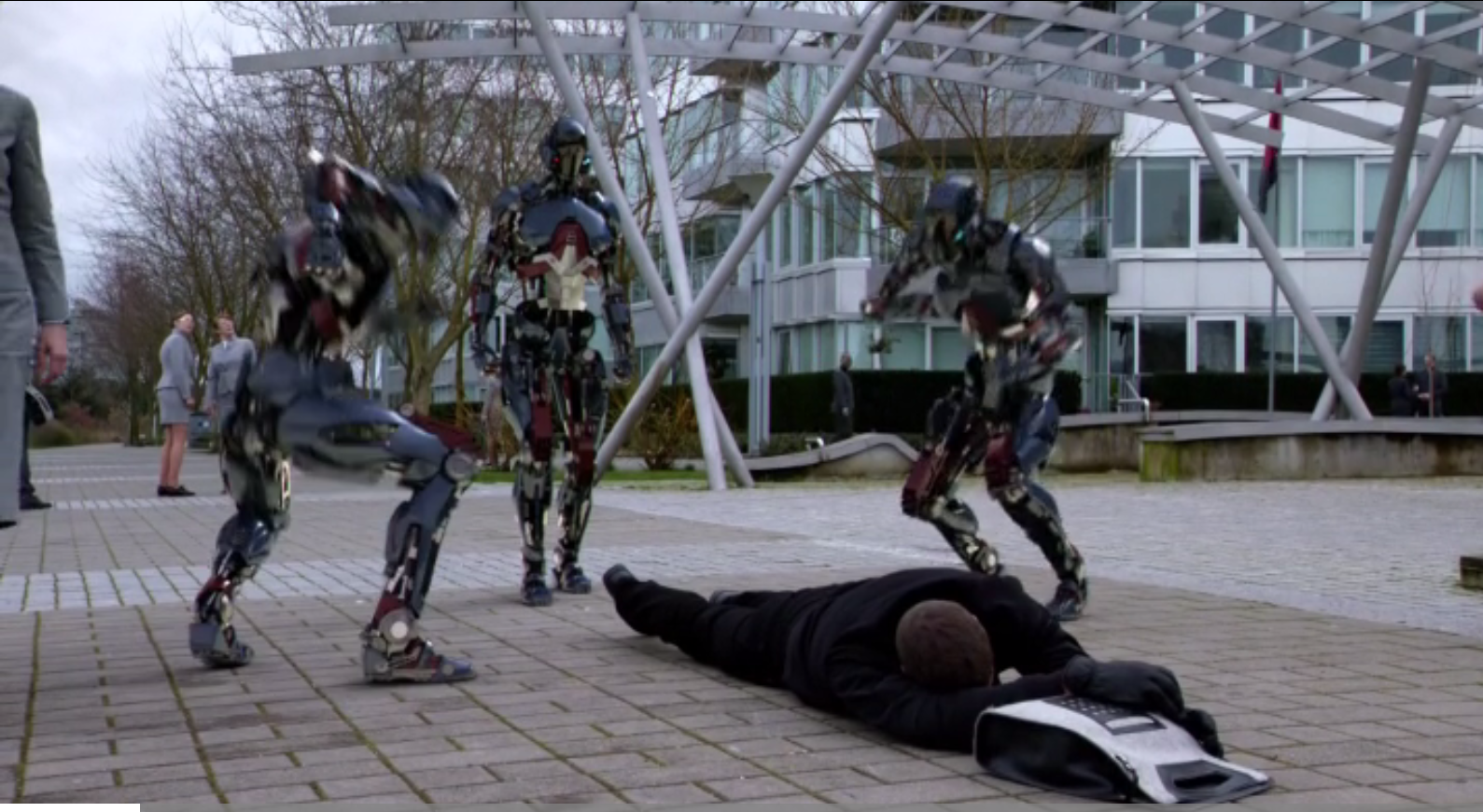

We will be moving the vertices a certain distance along a certain direction. In order to make the duplicate mesh larger, we need to change the positions of its vertices. The duplicate object is usually just rendered with a flat color. This duplicate object gets shown behind the original object and its vertices get extruded in order to make the duplicate object larger than the original one. The second technique uses a re-rendered/duplicate version of the original object/mesh to form the outline. 💬 Rim effect outlines are simple but only work well on spherical objects. For a more complex model, you will have the issue of getting lots of uneven line widths, although the overall outline effect can look alright. By controlling the width, power and softness of the outline, it is possible to create hard lines or a more soft/glowy effect.įor a cube for example, the outline will look really bad and not even resemble an outline. The technique produces an outline that is always an inner line and is not visible outside of the object and so maybe shouldn't even be called an outline. Return lerp ( 1, smoothstep (edge1, edge2, fresnel ), step ( 0, edge1 ) ) * _OutlineColor float edge1 = 1 - _OutlineWidth įloat fresnel = pow ( 1.0 - saturate ( dot (normalWS, viewWS ) ), _OutlinePower )

This shader implements the fresnel effect and allows us to set the width, power, softness and color of the outline. Implementationįor this approach, the objects that need to have an outline get rendered using a custom shader. When putting this fresnel-based outline on a sphere, you see that when we approach the grazing angle (the edge/rim of the object), the effect gets stronger. It is important to note that this is only an approximation of the fresnel effect, but it works well for our outlines. Then, this gets exponentiated with a power P P P. The formula takes the dot product between the normalized normal vector N N N and the normalized view direction V V V. O u t = p o w (( 1.0 − s a t u r a t e ( d o t ( N, V ))), P ) O u t = p o w ( ( 1.0 − s a t u r a t e ( d o t ( N, V ) ) ), P ) Out = pow((1.0 - saturate(dot(N, V))), P) The following formula is used to form the outline.

However, when using it for rendering outlines, this physical meaning of the effect is not important. The fresnel effect describes the reflection/transmission of light when falling onto a transparent surface. One of the most basic outline effects can be achieved by using a so called fresnel effect which can be used to render an outline on the rim/edge of an object. Write-only atoms are powerful and you can organize updating logic outside components.In this post, I will discuss 5 techniques for rendering an outline around an object. Now, we can draw dots only when we are dragging mouse on the canvas. Using the two new write-only atoms in the component, we toggle the drawingAtom on mouse down and the mouse up. We use the get function to get the atom value. With this booleanAtom, we only add dots while drawing. Also, define two write-only atoms to enable and disable drawing. Now, let's define a new booleanAtom called drawingAtom. We confirm the commit count doesn't increase when drawing. With this new atom in the component, it doesn't re-render even if dotAtom changes. In this case, we receive a point and add it to the dotAtom using the set function.
#A.t.o.m. render update
The update is something we get from the invocation of the updating atom. The write function takes three arguments, get function, set function, and update. Usually, we put, no, for the first argument and the second argument is, write function. To fix it, let's define a new write-only atom. This is extra re-renders which we want to avoid sometimes. It's due to the fact that we use dotAtom directly in the component. Currently, the number increases as we draw more dots. On top left, there's a number showing a commit count indicating how many times the canvas component re-renders. Instructor: What we have now is a native SVG app.


 0 kommentar(er)
0 kommentar(er)
